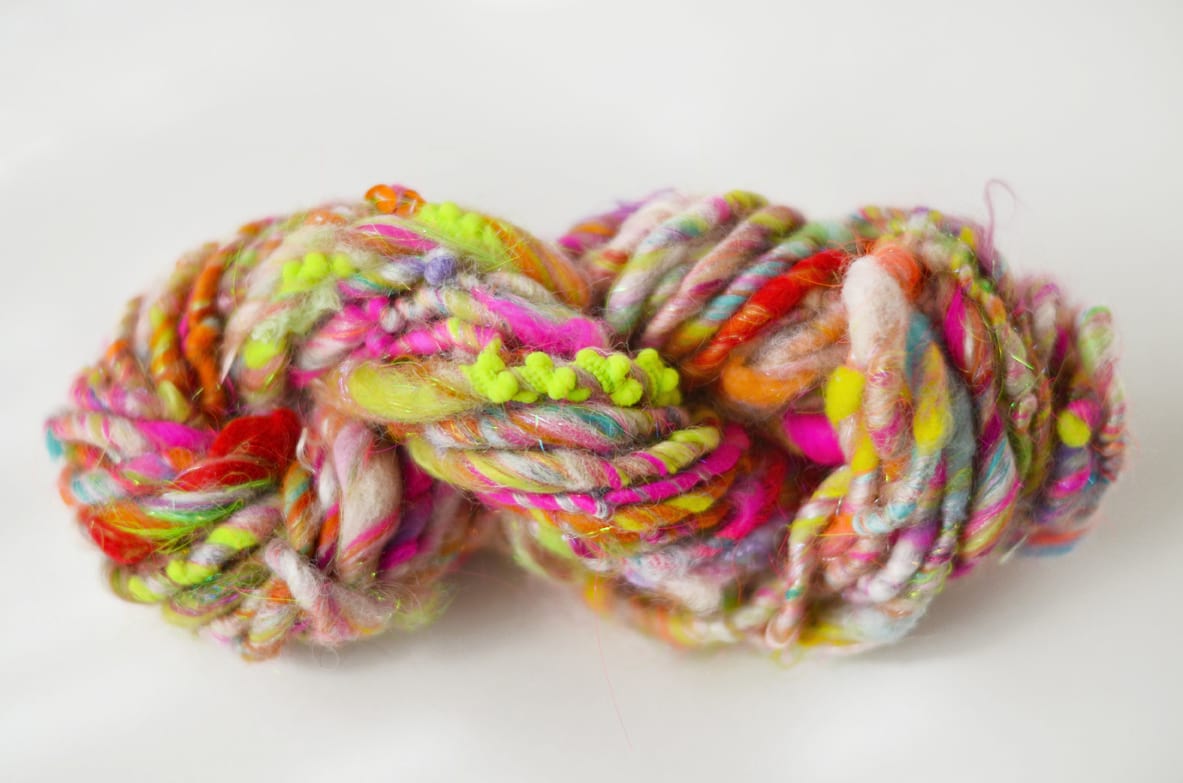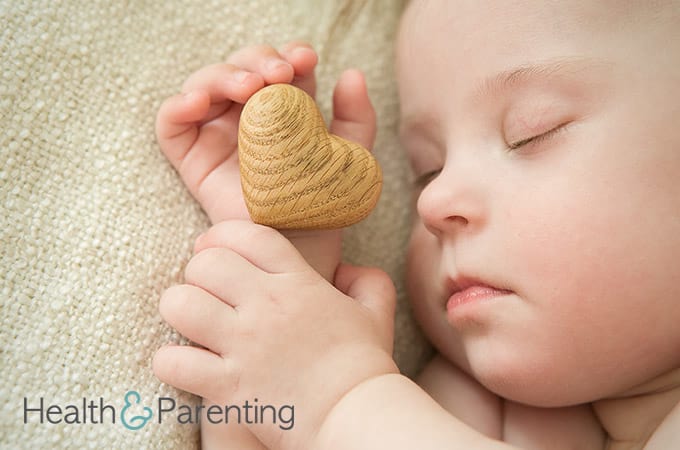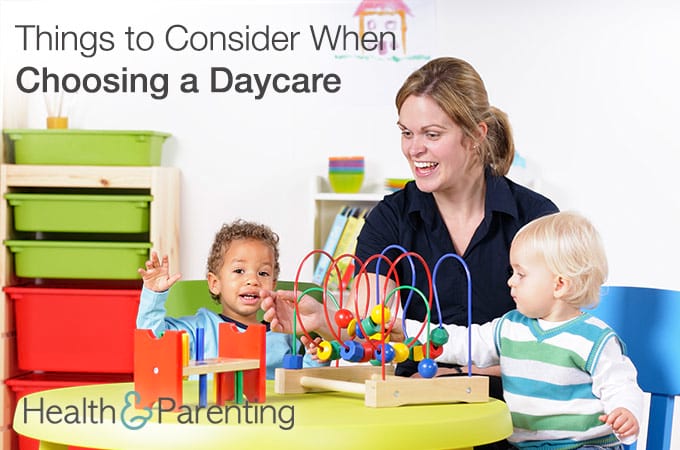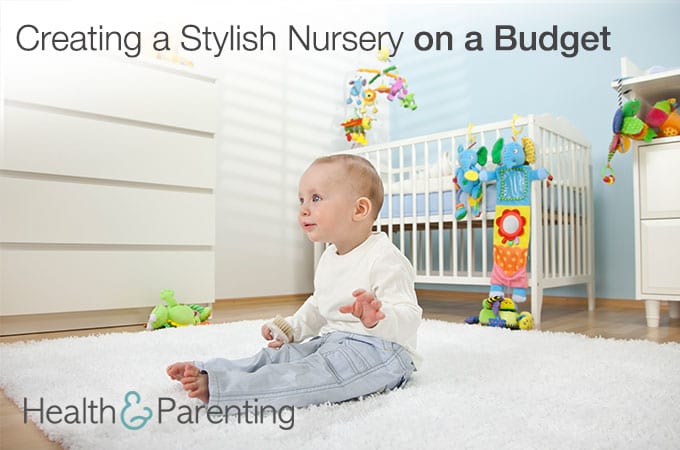Neon is hot! Energizing, bright colors are the trend, and neon has made its way into baby clothes and nursery decoration. Trendy parents-to-be have started adding fluorescent pops of colour to their basic palette. When planning your baby’s nursery, how will you go about choosing nursery colors?
Research has been done on how color affects mood, and you can use this information to plan a nursery to best suit your needs. Your baby may not even notice the red walls, but they may be too distracting for you. Blue walls, though, might be calming when you’re in the room for nighttime nursings. Here’s what a rainbow of colors can do for you:
Red is passionate, bold, exciting and it attracts a lot of attention. Use it as an accent color rather than a wall color, as it might pull out your baby’s volatile side.
Orange is warm and cozy. It inspires comfort and closeness. An orange accent wall may be just what your nursery needs.
Yellow is cheerful and energetic. Tired in the morning after the 3am feeding interrupted your sleep. Maybe yellow nursery walls will energize you to get your day started. Too much yellow, though, can cause agitation – tone it down or use it as an accent.
Green is calming. It’s refreshing and serene, and promotes concentration and thinking. You can’t go wrong with this color from nature.
Blue can be soothing and cooling, but can also be depressing. So choose shades with less gray and more yellow or white.
Purple can be the color of royalty (if dark), or can be a shade that is more calming and serene (if pastel). Whichever you choose, it’s a luxurious choice.
White signals innocence – but remember it has to be clean. Maybe not the best choice for baby. Consider white as a base color.
Black is powerful, and signals strength. But it’s also very dark and should be limited to accents in a room with lots of natural light.
So what are you going to do? Decorate your nursery with neon coloured children’s wall stickers? Or brighten up your crib or cot with some soothing light green fabric? Maybe you’ve already started knitting some little yellow socks to inspire energy and cheer?
Let us know what you think!
Written by Team Health & Parenting
This information is not intended to replace the advice of a trained medical doctor. Health & Parenting Ltd disclaims any liability for the decisions you make based on this information, which is provided to you on a general information basis only and not as a substitute for personalized medical advice. All contents copyright © Health & Parenting Ltd 2018. All rights reserved.














